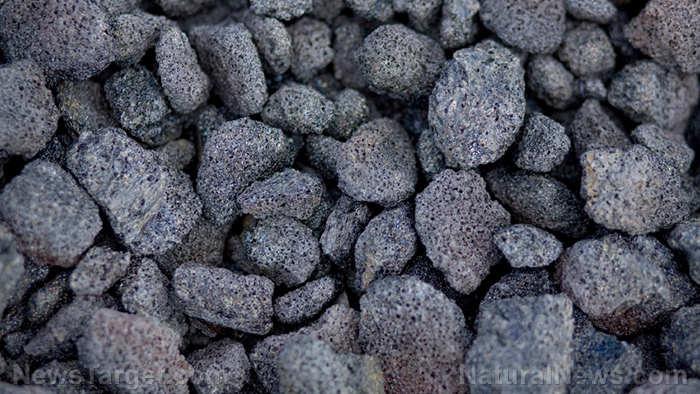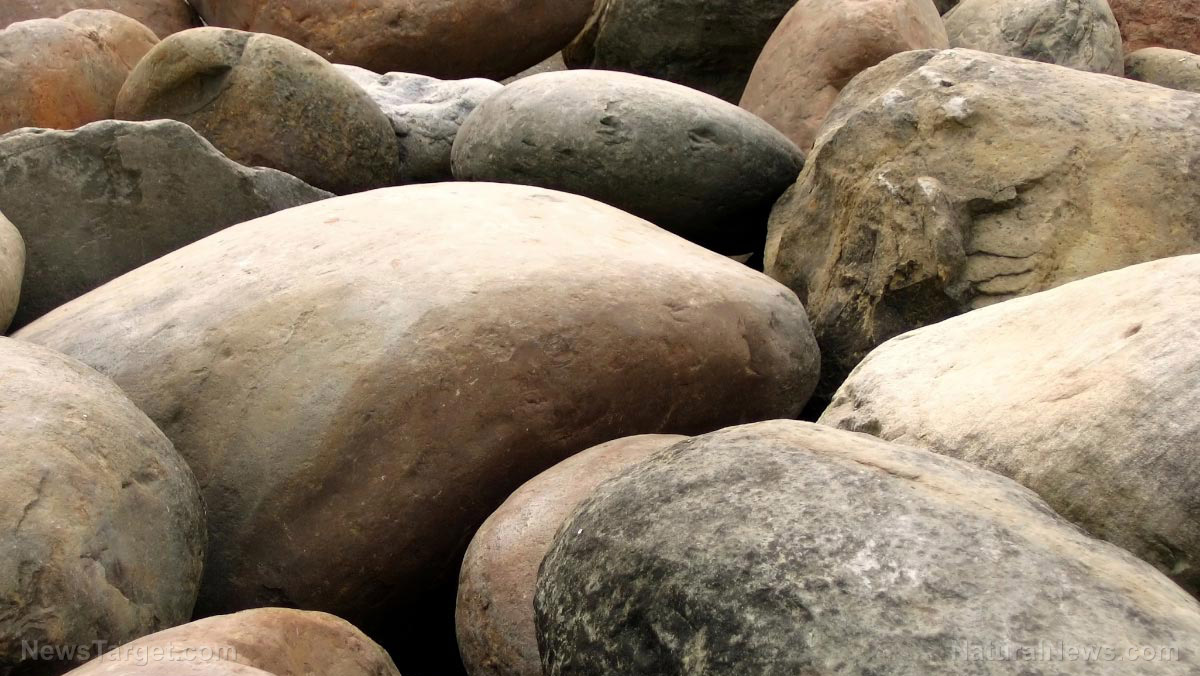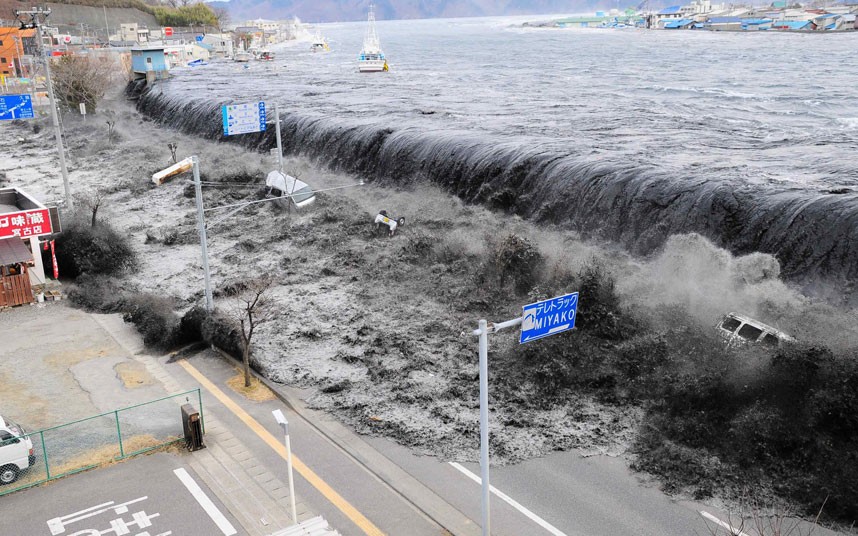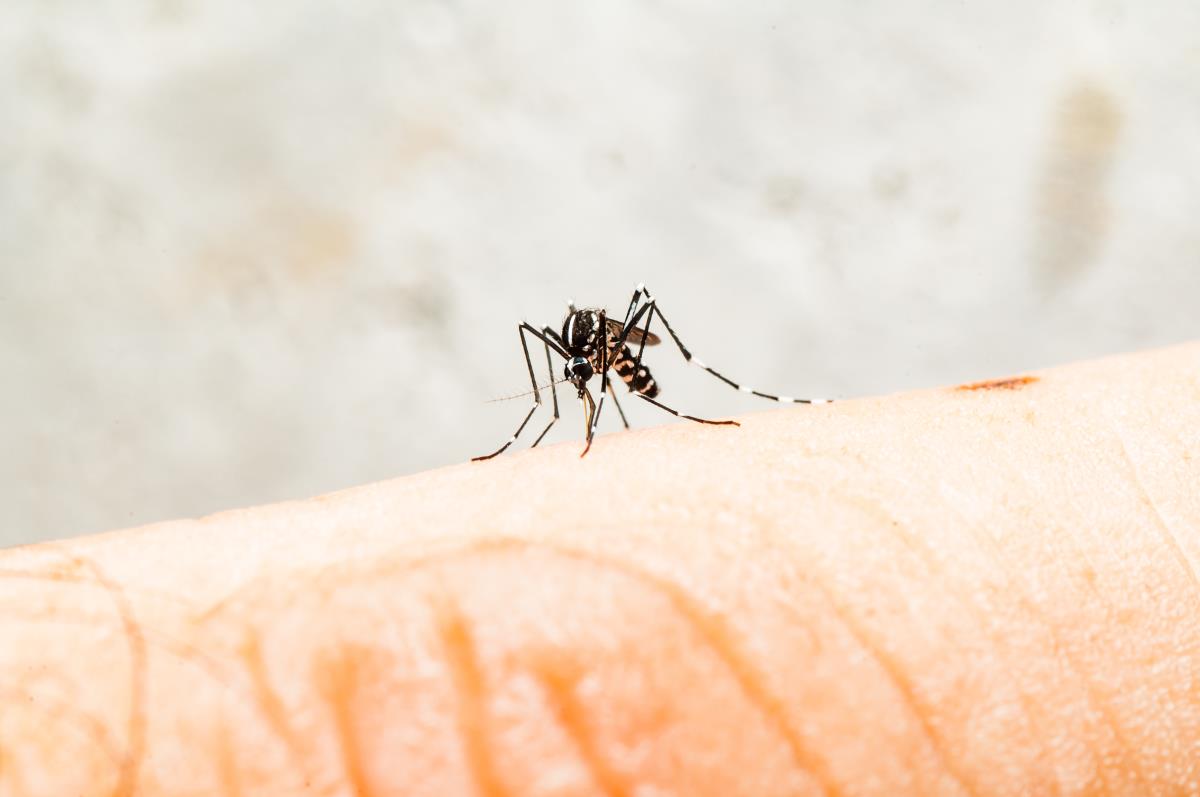Undersea eruption creates giant sheet of pumice that has floated across the Pacific Ocean
08/25/2020 / By Divina Ramirez

Undersea eruptions happen more often than people think. These eruptions are thought to shape features of the ocean, such as ridges and rises. Nonetheless, undersea eruptions are a lot less spectacular than their land counterparts, and it isn’t often that people get to see their ramifications on the ocean surface.
So much to both sailors and scientists’ surprise, a gigantic fleet of floating rocks thought to be the consequence of an undersea eruption this time last year near Tonga in the South Pacific has reached the shores of Queensland in Australia, crossing an almost 2,000-mile distance.
The fleet of floating rocks, called a pumice raft, are porous rocks that ferried a host of marine organisms to Queensland’s beaches. Scientists are hopeful that these reef-building organisms could be beneficial for the Great Barrier Reef. The reef has been sick for some time due to detrimental coral bleaching phenomena.
Undersea eruption creates pumice raft
Sailors had first spotted the floating pumice raft in 2019 near the coast of Tonga. It had been the size of 20,000 football fields at the time, and scientists had been unsure about its origins and possible outcome.
But thanks to satellite images, German researchers from the GEOMAR Helmholtz Centre for Ocean Research found plumes of ash that indicated an eruption in the ocean. Using maps of the seafloor, the group had been able to determine that an unnamed submarine volcano, called Volcano F or 243901, is responsible for the eruption.
The magma cooled upon its release into the ocean, forming pumice. Some pumice might sink to the seafloor, but other pieces can float along the ocean for months at a time. The researchers then used satellite images to track the raft’s progress across the Pacific, estimating that the pumice raft is due to reach parts of the Great Barrier Reef in late January or early February of 2020.
Scott Bryan, a geologist and an associate professor at Queensland University of Technology (QUT), has dedicated more than a decade of his research to pumice rocks like these. He’s part of an international team that collected specimens from this pumice raft to learn more about their properties. The rocks had begun arriving on Queensland’s south-eastern shores in April. So far, he and his colleagues identified more than a hundred species of marine organisms, including algae, barnacles and corals, that had hitched a ride on the sheet of porous rock.
Pumice rafts are part of an ancient process, said Bryan. Through this process, the ocean is able to transport nutrients and marine life around the Earth. This means that the Great Barrier Reef, for instance, has connections to coral reefs in some distant part of the ocean. Therefore, the health of one reef could be an indicator of the health of other reefs.
Pumice raft could help restore sick coral reefs
Scientists think that hitchhikers on the pumice raft are a good thing. The marine organisms could help rebuild the Great Barrier Reef and replenish the corals there, said Bryan. (Related: Scientists are “farming” coral reefs in an effort to increase their survival.)
The fresh batch of marine life could also mitigate the harmful effects of ocean pollution and rising ocean temperatures on the reef. These phenomena have been damaging corals in recent times.
But not all scientists are as hopeful as Bryan and his colleagues. Terry Hughes, the director of the ARC Centre of Excellence for Coral Reef Studies at James Cook University (JCU), thinks that the raft is too small to be capable of benefitting the reef.
Corals don’t often settle on pumice, Hughes added. Pumice floats and corals tend not to attach to something that’s bobbing around the ocean. Furthermore, corals that do end up riding the pumice can’t just “jump off” the raft and settle on the reef. The process of reef-building could also take quite a long time.
Nonetheless, these criticisms hadn’t deterred Bryan and his colleagues. Bryan had studied an earlier batch of pumice from 2002 that ended up on the beaches in the same area.
He and his team are determined to find out if the pumice rocks from 2002 and these recent ones are from the same batch of magma. “This can then give us insights into how volcanoes work and what the triggers are for eruption,” said Bryan.
Read more articles about undersea eruptions and coral reefs at OceanHealthNews.com.
Sources include:
Tagged Under: biodiversity, coral reefs, corals, environment, marine life, ocean health
RECENT NEWS & ARTICLES
COPYRIGHT © 2017 REAL SCIENCE NEWS




















